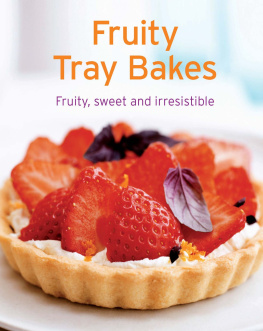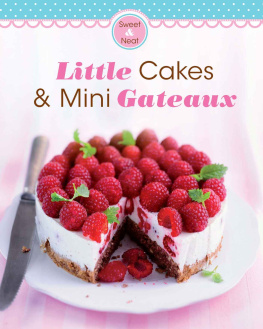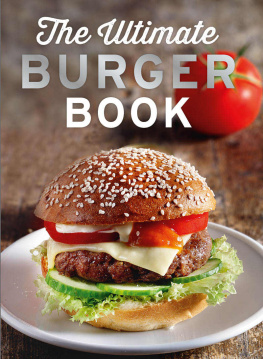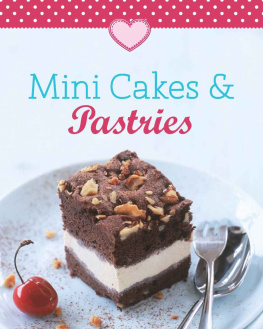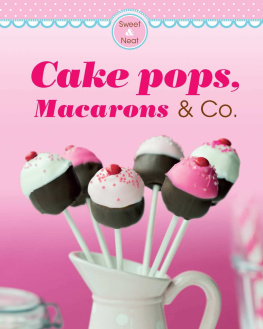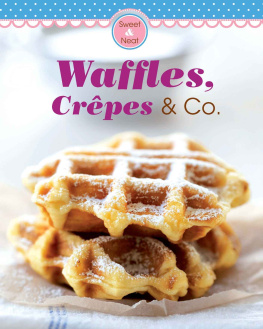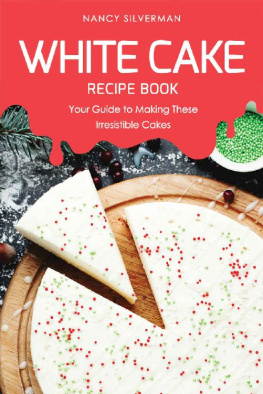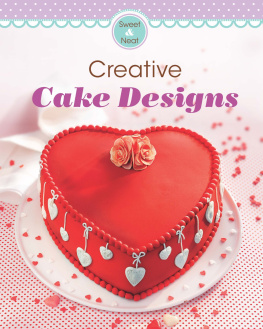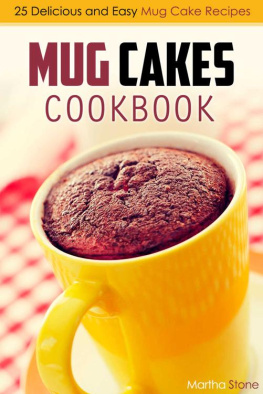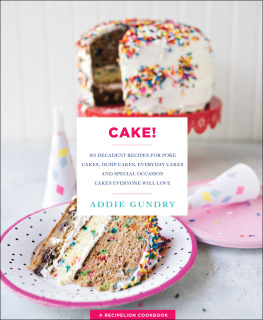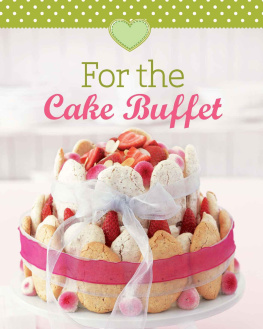Contents
Fruity Tray Bakes Fruity tray bakes are baking favourites. They bring a promise of fresh, fruity enjoyment that is simply irresistible, and most of them can be made in no time at all. They are the ideal cakes for any occasion. Let yourself be inspired by these traditional and sophisticated recipes that transform both local and exotic fruit into dream cakes! Fruity Tray Bakes Naumann & Gbel Verlagsgesellschaft mbH
a subsidiary of VEMAG Verlags- und Medien Aktiengesellschaft
Emil-Hoffmann-Strae 1, 50996 Cologne (Germany)
www.vemag-medien.de
Recipe photographs: TLC Fotostudio
Cover photograph: StockFood/F. Adam
Translation from German: Katherine Taylor, in association with First Edition Translations Ltd, Cambridge
Complete production: Naumann & Gbel Verlagsgesellschaft mbH
All rights reserved
ISBN 978-3-8155-8772-0
Equipment and utensils The average household will have most of the basic equipment required for cake making. Here is an overview of the most important baking utensils: A smooth board of solid wood is always to be recommended.
Cared for properly, it will last a lifetime. Whilst most households will have a selection of good, stable bowls, either metal or plastic, you might like to consider treating yourself to stainless steel. It comes at a price but is durable and easy to clean. The trusty mixing spoon is now no more than decoration in many households. Cake mixers or hand mixers have largely taken over the role of the mixing spoon. A rolling pin is also important.
Most of them are now no longer heavy and wooden but shiny silver or made from non-stick plastic. Small rolling pins with plastic handles are adequate for rolling any dough into shape. Rounded or fluted pastry wheel cutters are handy for producing evenly shaped biscuits. Cooling racks are available either in metal or plastic and are useful for cooling cakes and biscuits after baking. To be able to cut your cake bases quickly and, more especially, precisely, then you will need a flat, sharp knife or, even better, a cake cutting wire. Made of fine steel wire, its width can be adjusted as required.
A standard piping bag to which you can attach circular or star-shaped nozzles of different sizes is sufficient for decorating cakes. In addition to high tech cake mixers and hand mixers, a good simple hand whisk is a must. The stainless steel version does come at a price but is more stable, affords a good grip and is easier to clean than less expensive alternatives. The choice of a practical dough scraper is straightforward. Whether serrated or smooth-edged they serve one basic function, to get the dough into the tin with as little waste as possible. The palette knife a wide, blunt, rounded knife is a firm favourite of confectioners who use one to smooth the sides and surfaces of cakes and gateaux when icing or glazing.
Graters are also indispensible for baking. Lemon zest is considerably more aromatic when added to the dough freshly grated. Make sure that graters are always cleaned properly after use as bacteria breed and thrive in any residues left behind. You should also always have brushes, spatulas and sieves in different sizes to hand. Now comes the choice of scales. A set of mechanical scales measuring in 20 g units up to 5 kg is sufficient for home baking.
Anyone wanting more precision needs to buy an electronic scale measuring in 2 g or 5 g units up to 1 or 2 kg. And here is one last handy tool: a cake divider a kind of template made of plastic and which is pressed onto the baked cake briefly to mark out the size of the individual pieces for cutting. Baking tinsMaterials The right cake tin is just as important to success as the perfect mixture or a good oven. Whatever material they are made of, baking tins should always be washed with hot water only and without washing up liquid. When shopping for baking tins, make sure they are made from a single piece of material, if possible, or that they have few joins where dough can stick. The recommendations given in recipes for almost all types of dough require the baking tins to be greased and sometimes lined.
The only exceptions are tins with a special coating that, according to the manufacturers, eliminates the need for greasing. The best buys are baking tins made of tinplate or sheet metal painted black. They are light but stable and they are available in all shapes and sizes. Black baking tins have the advantage that they brown better, but they are not scratch-resistant, however. Baked items brown more slowly in baking dishes made of glass or ceramic but they do brown evenly and not as fiercely as in metal tins. These materials retain the heat for longer and so they are usually not suited to large temperature fluctuations.
Tins with non-stick coatings are available in a variety of materials and sizes. The special coating on the inside is intended to eliminate the need for greasing. If you want to be really sure that your baked goods will come out of the tin easily then grease the tin lightly. In any case, the non-stick finish tends to become less efficient with age and use. Baking tins Starting with the traditional springform tin, this is one of the most versatile cake tins and is especially popular for gateau bases and cakes with fruit toppings. Square tins in different sizes should also form part of your basic household equipment.
These tins are also suitable for baking bread. Cakes seem to taste even better when they are baked in creatively shaped tins such as stars, hearts or animals, for example, and can be used for special occasions such as Christmas, New Year, childrens birthdays, etc. A popular and well-known decorative tin in Germany is the Gugelhupf (ring shape). The classic Gugelhupf was a yeast cake baked in a ring shape and from which this particular tin acquired its name. Rehrcken and savarin tins are also decorative shapes. Rehrcken cake (an oblong cake with chocolate icing) is baked in the tin of the same name, while the savarin shape acquired its name from the famous French ring-shaped yeast cake.
Sponges and shortcrust pastry for fruit flan bases work best in the tried and tested flan tin. Whatever you wish to bake, a specialist supplier will have the right tin.
Basic butter sponge cake recipe
Makes 1 loaf tin (30 cm diameter) 250 g butter 250 g sugar 4 eggs 250 g flour 2 tsp baking powder butter for greasing flour for dusting
For the icing 150 g icing sugar 23 tbsp lemon juice The secret to the success of a good butter sponge mixture lies in the stirring. To this end old German recipe books often used to give the instruction: Mix for about 10 to 15 Lords Prayers. Only then had you worked enough air into the mixture for it to then rise during baking. We have it easier in our modern kitchens.
If it needs to be quick, you simply put all of the ingredients for a basic butter sponge cake in the bowl and mix for a few minutes with a hand mixer. It is the baking powder in particular that then ensures that the cake rises.

